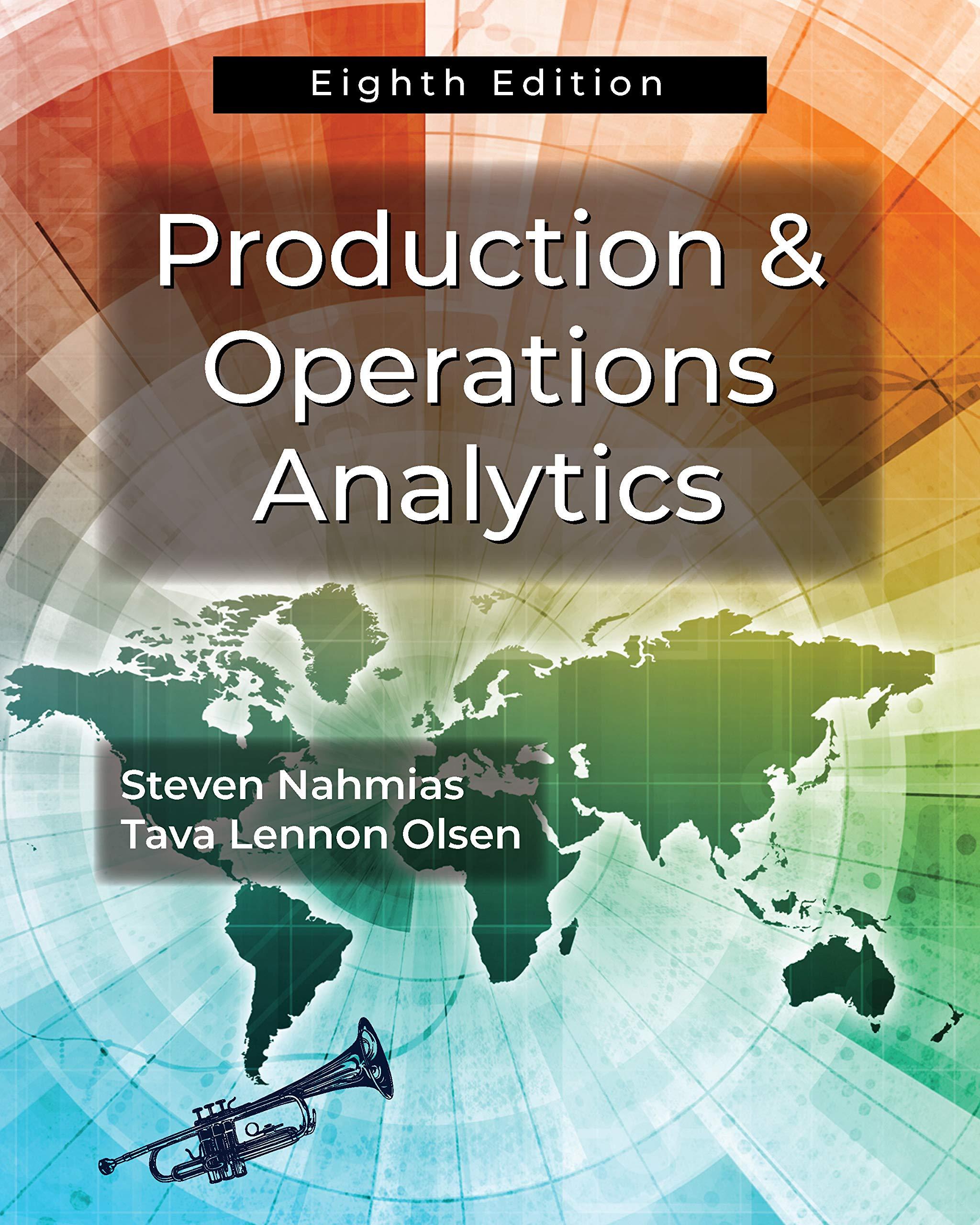Question
Barry and Samantha are starting to take their retirement planning seriously. They are both 40 and plan to retire in 25 years at the age
Barry and Samantha are starting to take their retirement planning seriously. They are both 40 and plan to retire in 25 years at the age of 65. They expect to live 18 years in retirement (a life expectancy of 83). Between their 401k and IRA accounts they currently have $40,000 in retirement savings. They currently have a combined income of $80,000 per year and expect to be able to live comfortably in retirement with 75% of their current purchasing power. They expect inflation to be 2% per year for the rest of their lives. They also expect to earn 9% per year on their investments, both now and in retirement. Conduct an analysis of their retirement planning needs and provide them with a professionally written letter. Use the rubric provided when preparing the letter. In the letter and attached schedules provide information that answers the following questions. Please include a description of the relevant assumptions and any explanatory comments that make the results easier to understand. What amount of annual income will they need (after adjusting for inflation) in each of the eighteen years of retirement to have the purchasing power of 75% of their current income? Assuming they will continue to earn 9% on their investments, how much money will they need to have in their retirement accounts when they retire so that it will provide the eighteen years of income? Taking into account what they currently have in savings, how much will they have to save each month to meet their retirement needs? Sensitivity analysis: Redo the analysis assuming that they only earn 7.5% on their investments, instead of 9%. Determine the needed amounts so they have the money they need in retirement.
Effective business writing gets work done. An effective business writer accommodates the reading style of busy, working readers and facilitates their reading purposes (generally and specifically). Business readers read to gather information for evaluation and decision making. They skim and scan documents to identify and harvest information they need. Well-written documents make this kind of reading easy for their audiences.
|
| Excellent | Adequate | Marginal |
| Content What is said. |
|
|
|
| Organization When and where it is said. |
|
important ideas and data stand out to some degree for the reader.
|
|
| Style (language usage, mechanics, and formatting) How it is said. |
|
|
|
Step by Step Solution
There are 3 Steps involved in it
Step: 1

Get Instant Access to Expert-Tailored Solutions
See step-by-step solutions with expert insights and AI powered tools for academic success
Step: 2

Step: 3

Ace Your Homework with AI
Get the answers you need in no time with our AI-driven, step-by-step assistance
Get Started


